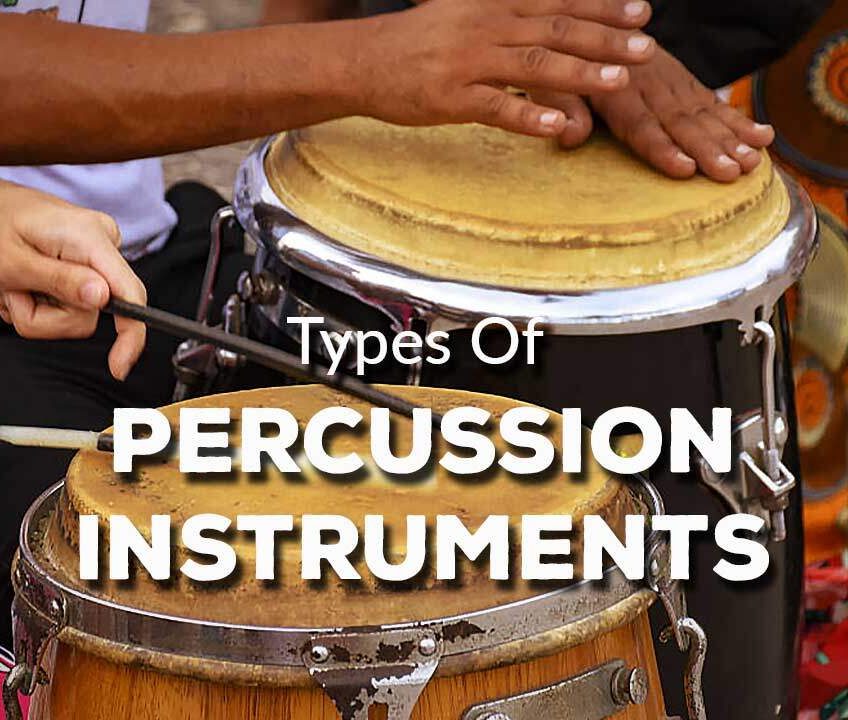Unpitched percussion is used to keep rhythm without adding melodies to the music. Amongst keyboard instruments xylophone glockenspiel and crotales would most likely take the title of highest pitched percussion instrument.

Types Of Percussion Instruments New Percussionist
Contents Pitch within unpitched percussion Examples.

What are the three pitched percussion instruments. 1 strings violins viola cello string bass and harp 2 woodwind flute clarinet oboe bassoon 3 brass trumpet french horn trombone occasionally tuba and. Unpitched percussion includes the bass drum snare drum all cymbals tom toms gongs and tam tams. The xylophone timpani or marimba.
Percussion instruments that are tuned to precise pitches can play specific notes and tunes such as the timpani glockenspiel celeste xylophones tubular bells are called definite pitch instruments. That is you can play a C D E etc on a glockenspiel or xylophone but you do not have partiulcar notes for say a drumkit or cymbal set. The gong is often about three feet in diameter and the tam-tam is usually about five feet in diameter.
Pitched percussion instruments include examples such as the xylophone or the glockenspiel both of which of defined note values that you hit. Three instruments on the spectrum between pitched and unpitched. Unpitched percussion instruments are much simpler in their design allowing for loudness to.
Pitched is any percussion instrument that emits the same tone repeatedly with little regard for how hard it is played. Pitched percussion consisting of pitched instruments such as glockenspiel and tubular bells. In other words their sound uses the frequency spectrum in an unruly and.
These three subsections reflect the three main skill areas that a percussionist studies. Mallet instruments also called keyboard percussion are also pitched percussion instruments. Each of these instruments has tone bars organized in a keyboard style meaning they are arranged like a piano keyboard.
Percussion instruments are played by being struck shaken or scraped. Auxiliary percussion consisting of all unpitched instruments such as snare drum and cymbals. They are struck to produce loudness while the other instruments are strummed or blown into or have keys that are depressed to produce notes.
The percussion section is itself divided into three subsections. Piano Other Percussion Instruments. They are played with a heavy beater covered with felt or wool.
Xylophone Marimba Vibraphone Piano Chimes and Tympani are some good examples. Specialized jazz instruction offered. Non-Pitched Percussion instruments are what most people call drums.
Auxiliary percussion consisting of unpitched percussion instruments. 339 rows These three groups overlap heavily but inclusion in any one is sufficient for an. The instruments themselves are also called percussion.
When you include non-keyboards however finger cymbals anvils metal wind chimes slapstick cabasa and shakers are also potential candidates. The percussion family Percussion instruments are classified as pitched or unpitched. Drums are some of the worlds oldest instruments.
Learn more about each percussion instrument. Pitched percussion instruments are able to change the pitch of the sounds they produce allowing you to make a wide variety of sounds. The most common of these are the marimba xylophone vibraphone and glockenspiel also known as orchestra bells.
They do not necessarily have a definite pitch. Mallet percussion instruments such as the glockenspiel and chime bars played in a particular way. Pitched percussion includes the overlapping classes of.
Percussion is music involving drums and other instruments such as gongs bells cymbals rattles and tambourines. Keyboard percussion instruments such as the glockenspiel and tubular bells arranged. 22 Related Question Answers Found What.
The quick way to know if an instrument is pitched is to find. These instruments are qualified as pitched or non-pitched. The most common percussion instruments in the orchestra include the timpani xylophone cymbals triangle snare drum bass drum tambourine maracas.
Difference Between Pitched Unpitched Percussion Instruments Unpitched Percussion. An orchestral percussion section is traditionally divided into. Non-pitched percussion instruments include snare drum bass drum cymbals tambourine triangle and many others.
The most common percussion instruments in the orchestra include the timpani xylophone cymbals triangle snare drum bass drum tambourine maracas gongs chimes celesta and piano. Whistle woodblocks crotales Play helpinfo An unpitched percussion instrument is a percussion instrument played in such a way as to produce sounds of indeterminate pitch or an instrument normally played in this fashion. Tuned percussion consisting of pitched percussion instruments.
The gong and tam-tam come from Asia and are usually made from a mixture of copper and tin. Pitched percussion instruments also called tuned can play different notes just like the woodwind brass and string instruments. There are percussion instruments originating from cultures all around the world.
Unpitched is any percussion instrument where the fundamental tone is repeatedly unclear. These instruments are much more complex and have song sheets that can be followed closely to learn how to play the instrument. The easiest way to tell them apart is by listening to them.
They have been used since prehistoric.

Percussion Instrument Students Britannica Kids Homework Help

Name Three Pitched Percussion Instruments Off 61

Pitched Vs Unpitched Instruments Smart Board Lesson A Lesson To Teach Pitched Vs Unpitched Instruments And The Three Ways Percussion Instruments Pinte